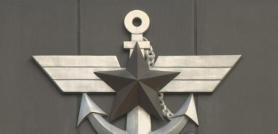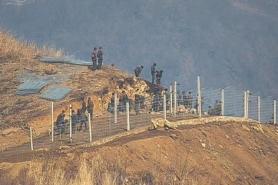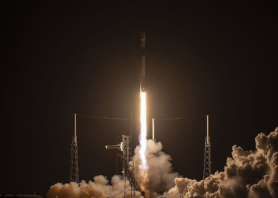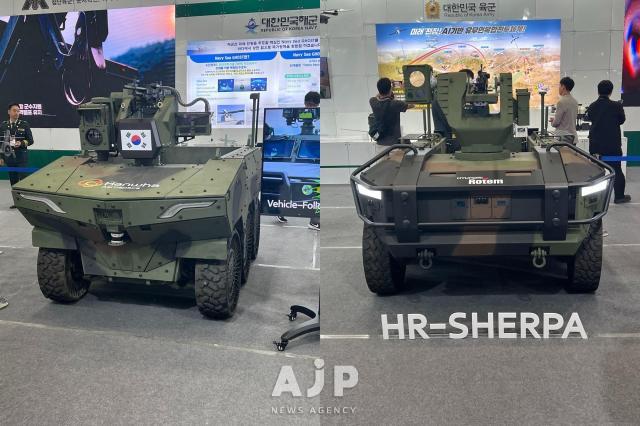
SEOUL, July 17 (AJP) - With fewer than 240,000 babies born in South Korea last year, the nation’s demographic decline is accelerating at a pace that is now shaping defense policy as urgently as it has shaped economic and social planning.
South Korea’s total fertility rate remains one of the lowest in the world, at approximately 0.75 children per woman.
The implications for national defense are profound. The armed forces, which maintained a troop strength of around 690,000 in the early 2000s, have steadily shrunk to fewer than 500,000 as of 2024. Maintaining even that level of force requires an annual intake of roughly 220,000 personnel. But the number of 20-year-old South Korean men — a key conscription pool — is projected to fall below 120,000 by 2045.
Compounding the manpower crunch is the transformation of modern warfare.
Emerging technologies such as artificial intelligence, drones, and cyber capabilities are altering how wars are fought — placing a premium not on sheer numbers but on technological sophistication and adaptability.
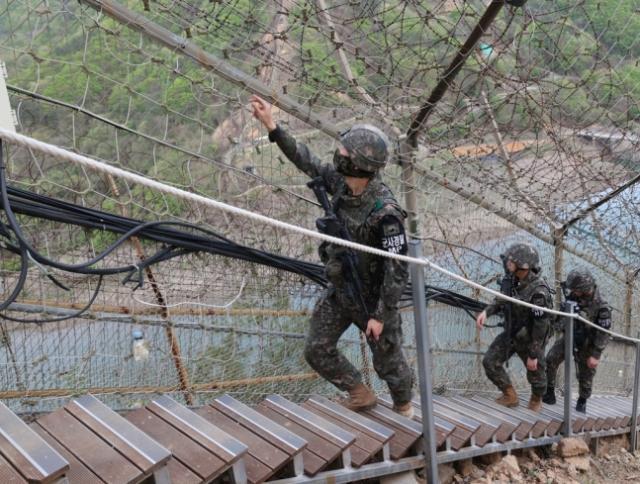
In response, South Korea is reimagining its military structure, investing heavily in unmanned systems and what defense planners call "manned-unmanned teaming," or MUM-T — hybrid operations in which soldiers and autonomous systems operate together in combat zones.
In April 2023, the Defense Acquisition Program Administration (DAPA) solicited bids for multi-purpose unmanned ground vehicles designed for high-risk operations where deploying troops is dangerous or impractical.
Hyundai Rotem and Hanwha Aerospace emerged as leading contenders, submitting their HR-Sherpa and Arion-SMET platforms, respectively. These systems are designed to carry out surveillance, logistics, medical evacuation, and explosive disposal missions.
The Army has begun field-testing various unmanned platforms — grouped into reconnaissance, infiltration, and fixed surveillance categories — to support its evolving mission needs.
In one demonstration of the MUM-T concept, unmanned drones were dispatched to scout contested areas, with light attack helicopters following behind. Each helicopter is capable of coordinating with up to four drones simultaneously. Some drones may eventually be upgraded to carry explosive payloads, capable of executing precision or kamikaze-style attacks.
To counter potential electronic warfare threats, these platforms are being equipped with anti-jamming technologies and autonomous rerouting protocols, allowing them to continue their missions even when GPS or communication links are disrupted.
The Navy’s silent swarms
South Korea’s Navy is also moving toward autonomous operations — both above and below the waterline. It recently completed testing on an autonomous underwater mine detection vehicle developed by LIG Nex1.
The system, now entering deployment, uses side-scan sonar to identify and classify underwater mines, navigating autonomously along pre-programmed routes after launch.
Under the Navy’s "Sea Ghost" initiative, Hanwha Ocean was awarded a contract in April 2024 to design a new class of unmanned underwater vehicles. Although still in a conceptual phase, mock-ups suggest modular payload systems could be part of the eventual design.
Meanwhile, companies such as Hanwha Systems and LIG Nex1 are showcasing early-stage suicide unmanned surface vessels (USVs), equipped with electro-optical sensors and internal warheads. These swarm-capable vessels are designed to coordinate in saturation attacks and may carry guided rockets or electronic countermeasures — though such configurations remain speculative.
South Korea’s Air Force is spearheading perhaps the most ambitious overhaul. It has outlined a multi-phase transformation from a manned-dominant force to a distributed, manned-unmanned network built around modular drone systems.
Initial efforts focus on two drone classes: expendable models for reconnaissance or loitering strikes, and reusable platforms capable of launching precision air-to-ground and air-to-air missiles.
These drones are integrated into a broader MUM-T concept, with piloted fighters like the KF-21 coordinating up to several unmanned vehicles in real time.
“In the future, unmanned assets will carry out autonomous missions, while manned aircraft will act as command nodes,” said Lt. Col. Gil Jong-seon, an officer overseeing drone development.
Long-term plans envision swarms of expendable drones clearing airspace or gathering intelligence ahead of manned operations, while stealth drones conduct high-risk precision strikes.
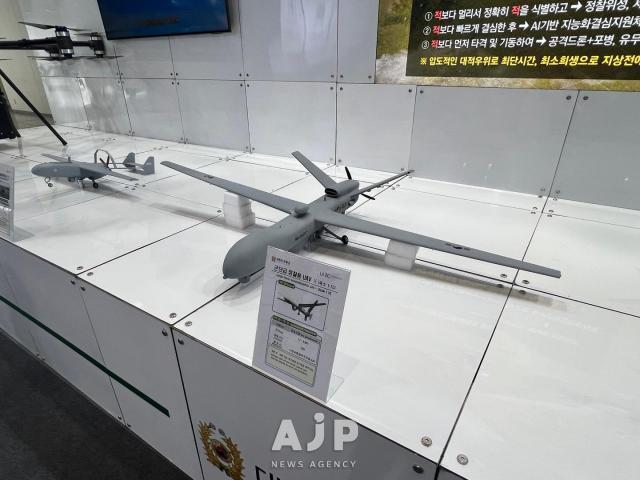
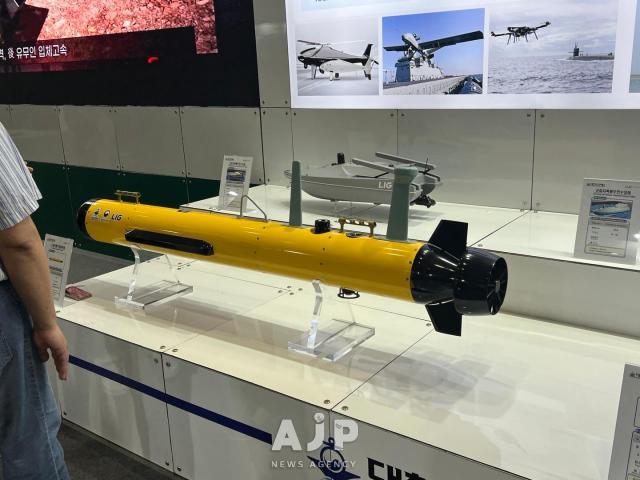
Taken together, these investments mark a strategic pivot — one driven less by military fashion than by necessity.
South Korea’s declining birthrate has eroded its ability to maintain a large conscripted force, forcing military planners to rethink how defense can be sustained with fewer people.
Yet even as unmanned systems proliferate, defense experts caution against the illusion of a fully robotic military.
“The time for debating the need for unmanned and manned-unmanned systems has already passed,” said Chun In-bum, a retired general and former commander of South Korea’s Special Warfare Command. “The integration of humans and machines — whether robots or drones — is now a defining trend in modern warfare. But someone still has to maintain, refuel, and rearm those systems.”
Automation, he emphasized, is a force multiplier — not a full replacement for human soldiers.
As the Republic of Korea confronts its demographic future, its military is adapting not only to new technologies, but to a new operational reality — one in which fewer soldiers will be expected to do more, with machines at their side.
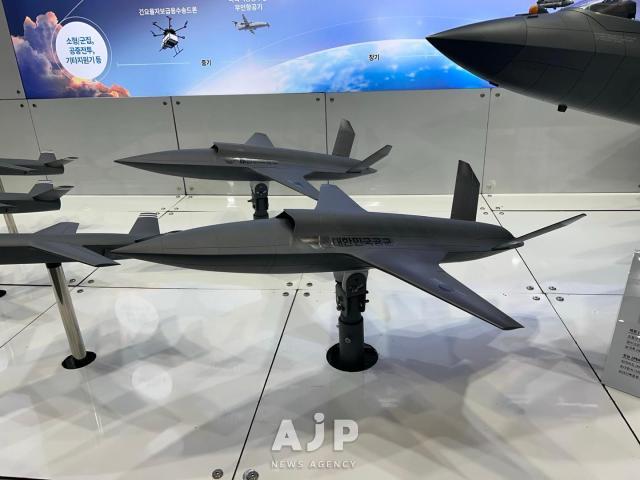
Copyright ⓒ Aju Press All rights reserved.

